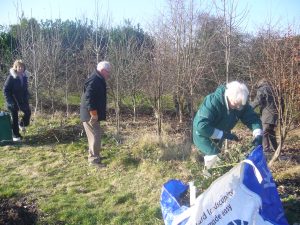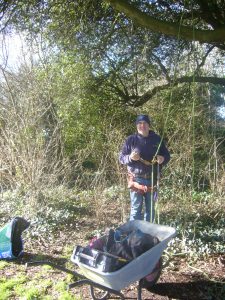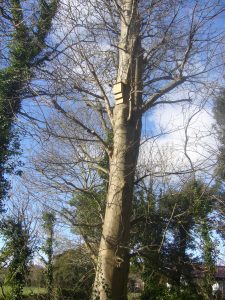At their end of February meeting at the Village Hall, members of Ferring Conservation Group were entertained by guest presenter, Graeme Lyons, who is the Senior Ecologist at the Sussex Wildlife Trust. He was intending to talk about the Invertebrates of the SWT Reserves, but a late change of plan led to him presenting his Top 100 Wildlife Highlights in Sussex, which happened to consist of around 80% invertebrates.
Graham who also happens to be the County Recorder of Spiders, as well as in his own words – “Bugs”, counted down his highlights from number 100 to number 1 all in the space of an hour. This was packed with useful information, and included among others beetles, spiders, dragonflies, butterflies, moths, fungi, fish and birds, and all of these had been seen in the County.
He illustrated his talk with some excellent close up photos, and some other distant shots which by his own admission were taken on the spur of the moment, including a quail that was just disappearing out of shot! The names of various species were just as entertaining – the Wart Biter cricket, the Strawberry spider (which looks just like one), the Purse-Web spider (our only Tarantula) and even the interestingly named Bastard-Toadflax Shieldbug.
The top three of his 100 were at number 3 – the Portuguese Man 0’War jellyfish seen on the beach at Portslade, number 2 – the Crimson Speckled moth, and finally at number 1 – Calosoma Sycophanta, an incredibly rare flying beetle seen by him in a field near Bishopstone in East Sussex, which was the first recorded sighting in Sussex since the 18th Century.
To conclude the meeting, Tricia Hall presented her Nature Notes, which included the first sightings of the year of frog spawn, and Ed Miller updated members on planning matters, which included the welcome news that the appeal against Arun District Council’s refusal of the plan for 23 Yurts and associated buildings on the southern slopes of Highdown had rightly in our opinion been turned down.



